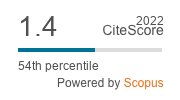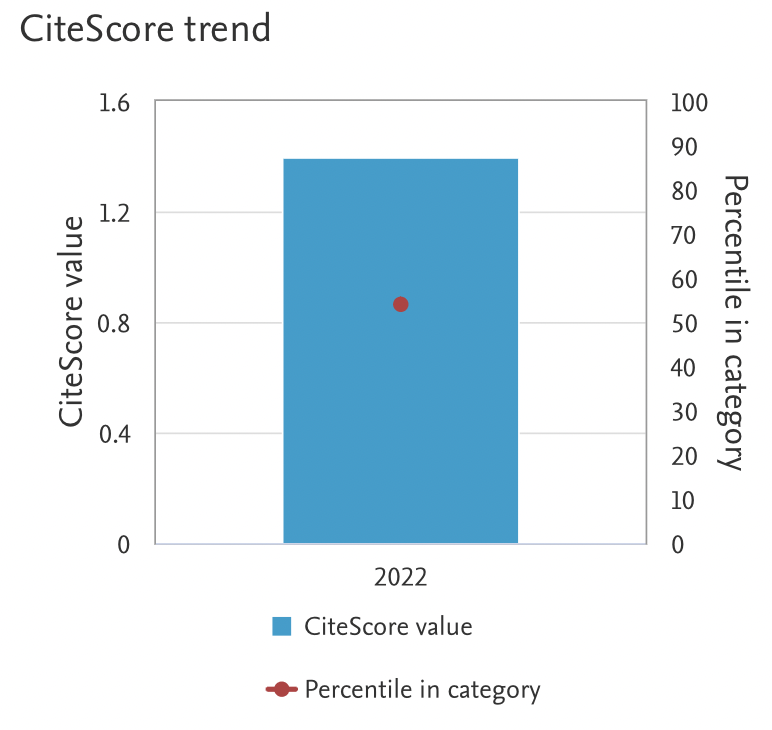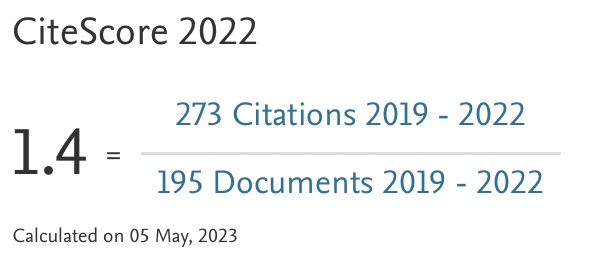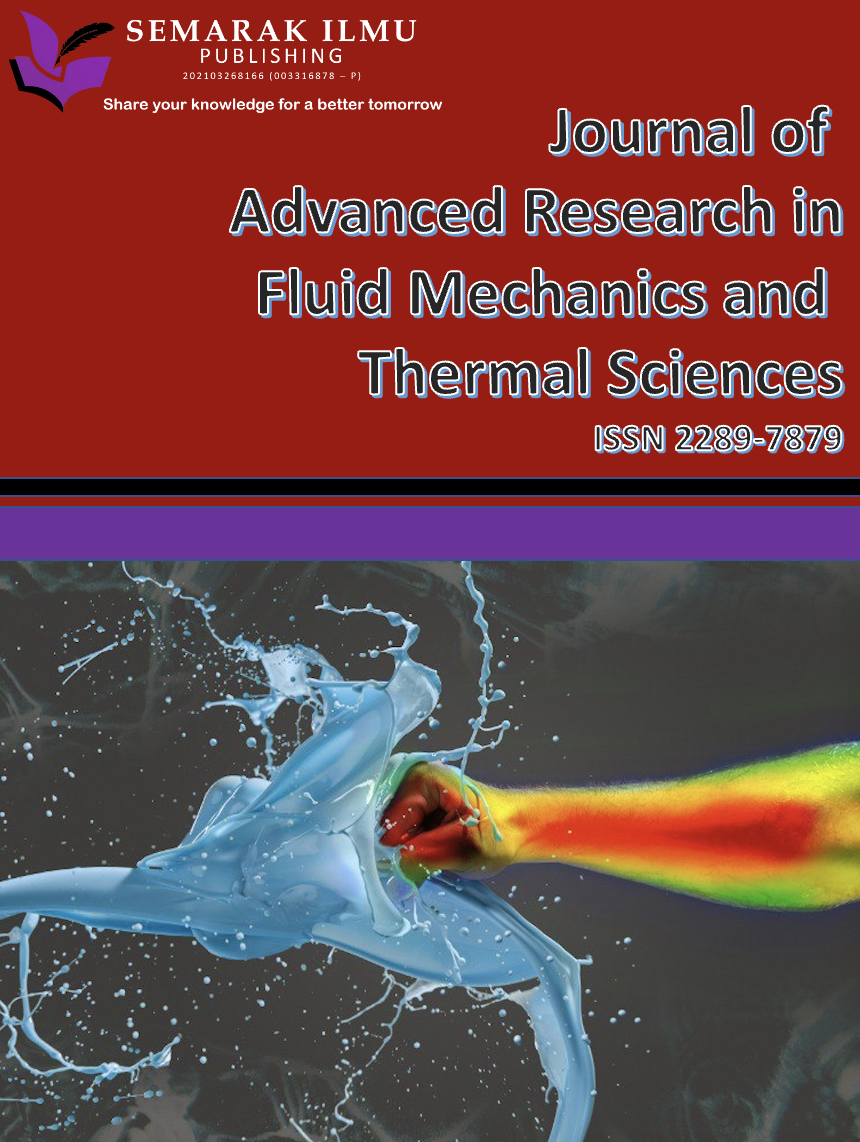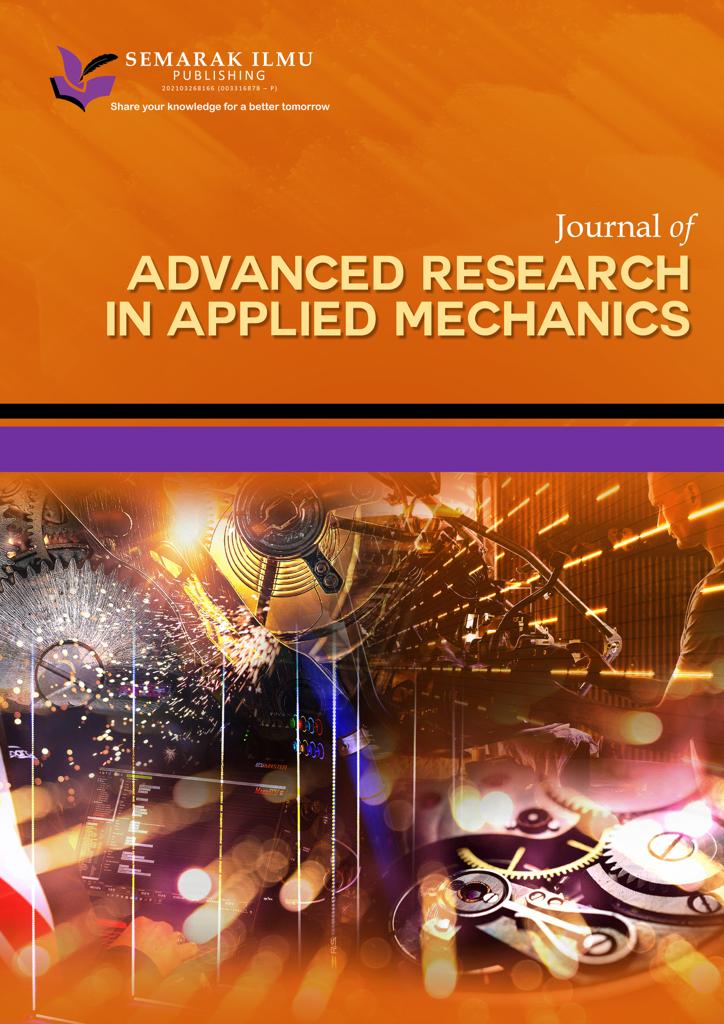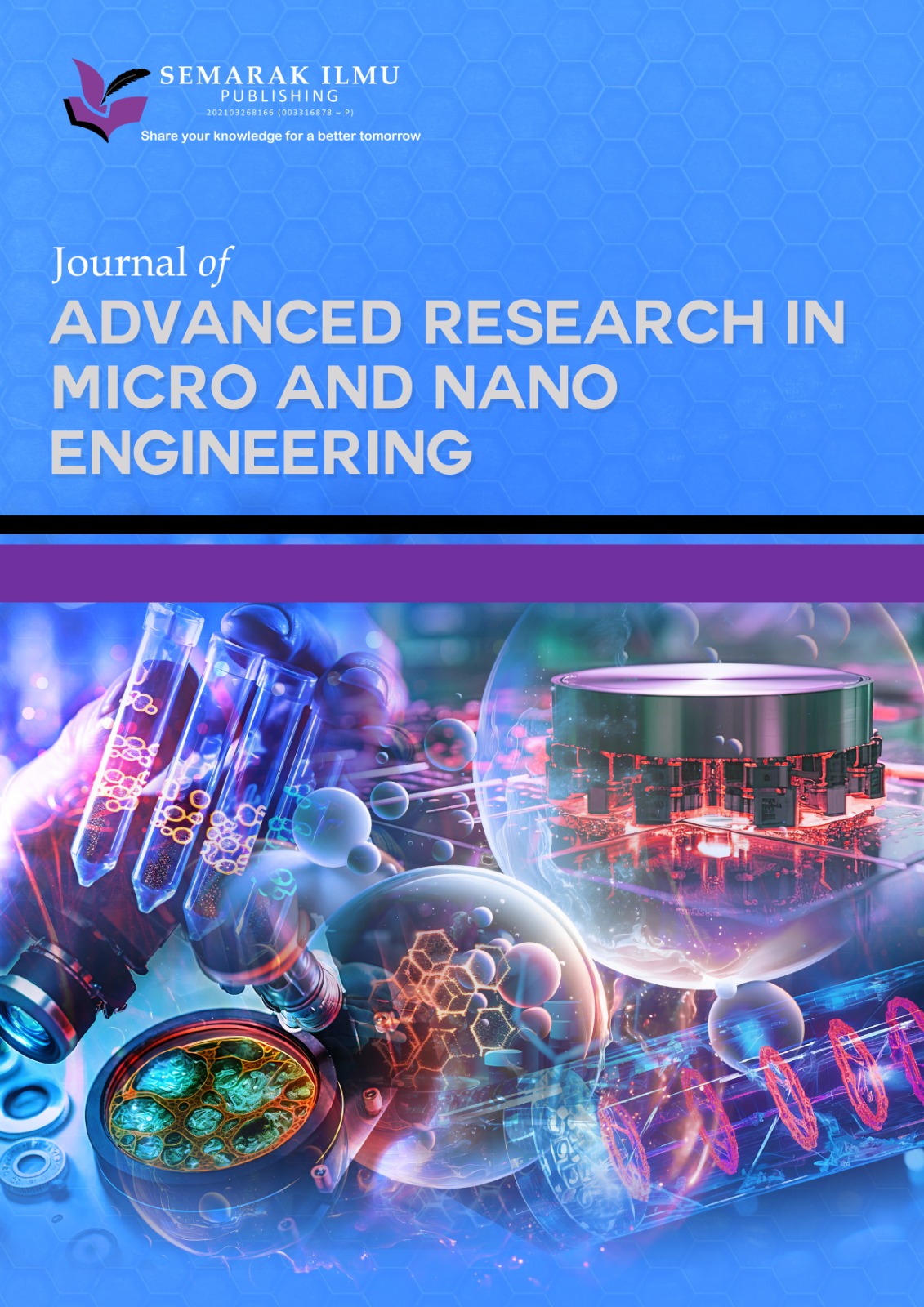Development of a Cost-Effective UAV for Extended Duration Disaster Management Operations using Expanded Polystyrene
DOI:
https://doi.org/10.37934/araset.47.1.115Keywords:
Unmanned aerial vehicles, Disaster management, Low cost, Expanded polystyreneAbstract
Commercial UAVs specifically developed for disaster management purposes are frequently priced at an exorbitant level. Usually, unmanned aerial vehicles (UAVs) have a flight length of 15-30 minutes. However, crisis management operations often demand longer mission durations, occasionally in difficult weather circumstances. In order to tackle this problem, Expanded Polystyrene (EPS) was selected as the material for the body and wings of the UAV due to its cost-effectiveness in comparison to materials such as fiberglass, carbon fibre, epoxy, Kevlar, and wooden balsa. The EPS material utilized exhibits a tensile strength of 88 pounds per square inch (psi). For flight testing, a LiPo 3S battery with a voltage of 11.1 volts was used in the UAV. The virtual wind tunnel test was carried out with precise parameters, including an air density of 1.225 kg/m³ and a wind speed of 50 m/s. In order to improve the wing's structural integrity, a lightweight aluminium bar was incorporated. The initial design of the UAV wing showcased an elongated glider-like structure, enabling prolonged flight durations using a solitary propeller. The simulation findings showed that the UAV successfully controlled the drag coefficient with time, maintaining a traction force of 200N during testing. The UAV's capacity to endure gusts of up to 70 knots, achieve elevations of 5000 feet, and travel lengths of up to 90 km was demonstrated in practical trials, contingent upon the control systems employed. Ultimately, the newly designed UAV has the capability to sustain flight for a duration of 8 hours, thereby overcoming the constraints typically encountered with commercial UAVs employed in disaster management.





